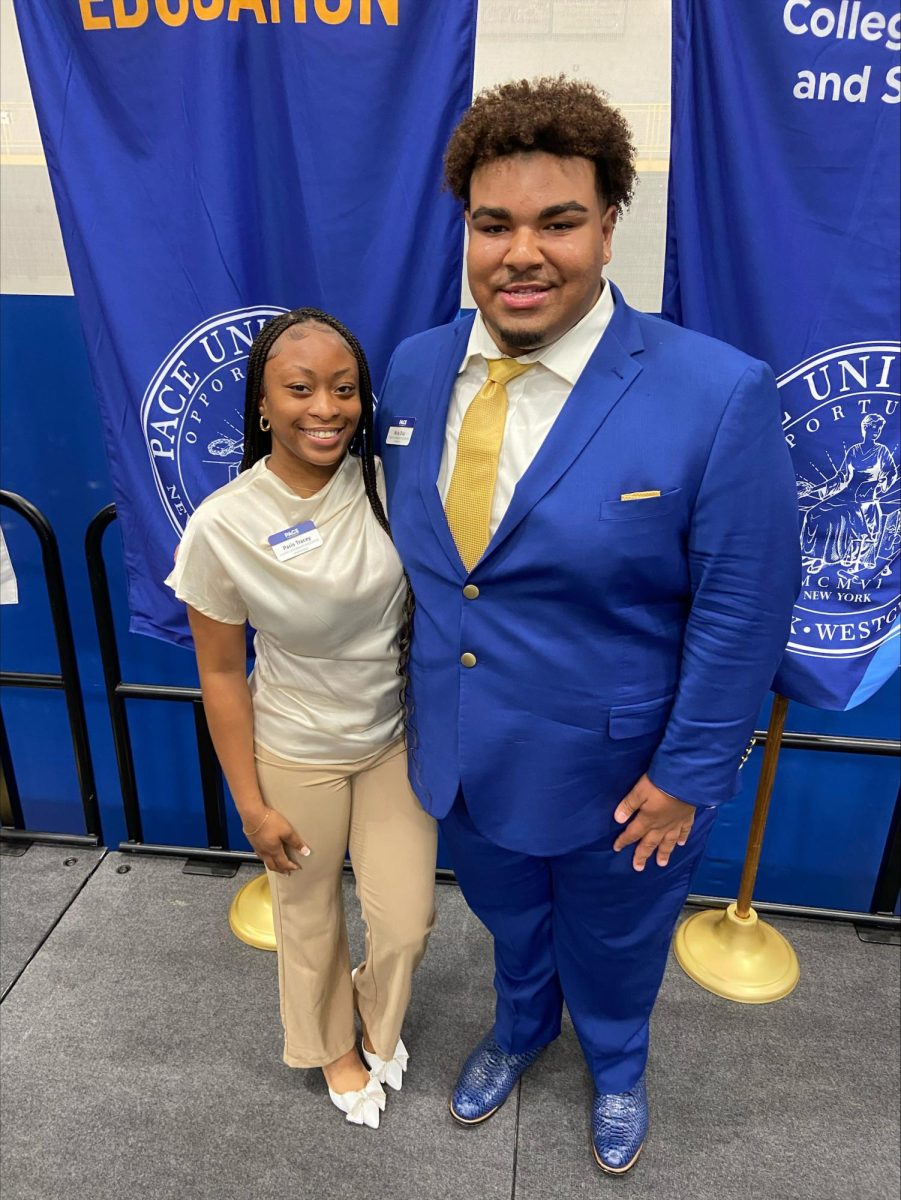
The case of Fisher vs. University of Texas came before the Supreme Court last month. The court’s ruling, to be reached in June of next year will decide the future of affirmative action in America, and many believe it is the beginning of the end for using race as a factor in the college admissions process.
The case questions the value of a diverse student body. However, for Lisa Miles, the officer of affirmative action on the Pleasantville campus, there is no question at all.
“In a world that is ever shrinking due to our technological advancements, it is imperative that we all learn to work and to inter-relate,” said Miles. “American companies are putting a premium on, in fact are insisting, that their employees effectively work with diverse communities. For many students, who come from very homogeneous communities or schools, college is their first opportunity to learn from and with other groups. All colleges, especially an institution like Pace, which is dedicated to educating thinking professionals, have a responsibility to assure that students have had every opportunity to benefit from the diversity of culture, climate, and thought.”
However, the basic principles of affirmative action have come under criticism in recent years. In his article, “Rethinking Affirmative Action,” David Leonhardt of The New York Times suggested that the seeds of the controversy were sewn during affirmative action’s initial construction.
“The crucial choice that affirmative-action proponents made long ago was to focus the program on race rather than more broadly on disadvantage,” Leonhardt writes. “There were some obvious reasons to do so. Americans have never been comfortable talking about class. It reeks of the social order the country rejected at its founding (Britain’s) and of the economic system the country spent decades fighting (communism). But race was an undeniably American problem, from slavery to civil rights to the discrimination that, according to voluminous social-science research, lingers.”
“We made the issue about race, because there is something uniquely stigmatizing about race in America. I think that the statement that Americans have never been comfortable talking about class and so we made affirmative action about race insinuates that race has been an easier conversation for Americans, and that is not the case. I will admit that the unfortunate history of racial oppression in America is one that is more starkly in our faces, but we still don’t talk about race in any effective way,” Leonhardt continued.
In his essay “A Better Affirmative Action” Richard D. Kahlenberg purposes that social and economic status should be the criteria that the government uses for affirmative action, not race.
“I don’t disagree that there needs to be a focus on socio-economic differences in this country, but those initiatives need to be in addition to, not instead of race-based affirmative action,” said Miles. “We cannot afford to give even the appearance of the assumption that we are passed the period where race matters in America.”
If the Supreme Court sides with Fisher, institutions of higher learning will either be heavily restricted when using race as a factor in admissions decisions or the practice will be made outright illegal. The judges on the case have a record of voting against affirmative action.
“The Supreme Court has been preparing us for the demise of affirmative action since Justice O’Connor placed a time-clock on the legislation in her Grutter v. Bollinger decision. It is very likely that this more conservative court will put the final nails in the casket,” said Miles. “In those states that have already stopped using race as a factor in the selection of students, most have replaced the program with alternatives. For example, at the University of Texas at Austin, policies such as admitting the top 10 percent of high school classes and taking socioeconomics into account drew roughly the same percentages of African-Americans (3 to 5 percent) and Latinos (13 to 15 percent) to campus as before affirmative action was banned. After UT reinstated race as one of many factors in 2005, the percentages climbed slightly for African-Americans and rose several points for Latinos, according to The Century Foundation. It seems clear that if you remove Affirmative Action, it must be replaced with some other form of aggressive and affirmative measures, and that programs that don’t specifically address race are just not as effective in remedying the severe racial divide that still exists in America.”
Yet Miles also suggests that the end of race based admission criteria may have a silver lining for students of color.
“One positive benefit in the elimination of affirmative action is that it will erase the stigma that students of color carry, particularly at elite institutions, of having been admitted solely because of their race,” said Miles. “A stigma that often attaches to students of color no matter how deserving they may be of admission.”



